The truth about putting lemon juice in the eyes to help cure diseases and brighten eyes
Recently, lemon juice has been hailed by many people on social media as a multi-purpose “miracle drug”, from detoxification, weight loss, blood alkalization to cancer prevention. Some opinions even say that just drinking lemon juice every morning instead of breakfast, without medication, is enough to live a healthy life.
Not only drinking, some people also share ways to use lemon juice such as dropping it directly into the ears, nose, throat, and even into the eyes. Although they feel stinging and uncomfortable when dropping lemon juice into the nose or eyes, they still believe that this method helps push out the fluid, clears the nose and brightens the eyes, and cures styes.
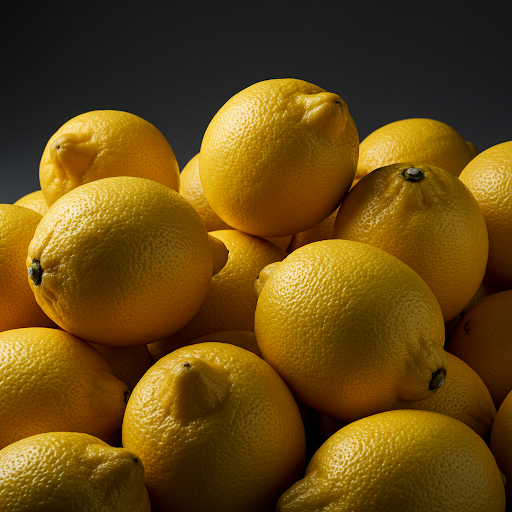
Lemon juice has a high concentration of acid, when dropped into the eyes it can cause irritation and eye pain.
Photo: AI
Master - Doctor Nguyen Phu Tung, Director of Saigon Ngo Gia Tu Eye Hospital, said that putting lemon juice in the eyes is an unscientific act and very dangerous for eyesight, potentially causing many unpredictable harmful effects.
"Lemons are rich in water and contain vitamin B, vitamin C and many minerals, especially citric acid. This is a highly concentrated acid that, when in contact with the eyes, can cause irritation, eye pain and redness. In more severe cases, it can cause corneal epithelial peeling, corneal burns, corneal ulcers...", said Dr. Tung.
Therefore, Dr. Tung recommends that patients absolutely do not use lemon juice in their eyes. When there are unusual signs, they should go to a reputable eye clinic and have scientific eye care.

A case of sharing about putting lemon juice in the eyes
SCREENSHOT
What should be noted when caring for styes and chalazions?
According to Dr. Tung, to relieve pain from styes and chalazions, patients can use a clean towel or disposable cotton pad dipped in very warm water. Place it on the eyelid for about 10 minutes, 3-5 times a day. The warmth will help reduce inflammation and congestion in the oil glands on the eyelid. Or you can gently massage the area around the eyes.
Actively treat according to the doctor's regimen such as using eye drops, antibiotic ointment, injecting steroids into the swollen area to reduce pain or scraping when the stye or chalazia does not dissolve... The patient needs to pay attention to washing hands thoroughly before touching the eye area to apply medication.
Do not apply eye makeup when you have a stye or chalazion. Limit applying eye makeup or removing eye makeup when you are sick. Limit your eyes' exposure to dirty water, polluted air, dust or sunlight. When going out, wear anti-dust and anti-UV glasses. After going out, wash your eyelids with clean water and lubricate your conjunctiva with 0.9% Sodium Chloride solution. Limit the habit of rubbing your eyes with your hands. During the time you have a stye or chalazion, limit the use of contact lenses.
What foods should you avoid if you have a stye?
When suffering from styes, children may experience heat during the treatment process. Parents should not let their children eat hot fruits such as mango, longan, lychee, guava, spicy foods, foods with lots of chili, onion, pepper, goat meat, seafood, etc. Foods and drinks with a lot of sugar weaken the body's immune system, making wounds take longer to heal. Parents should also control the consumption of carbonated soft drinks and sweets containing a lot of sugar in children.
Children need to be provided with enough vitamins A, C, E and zinc during the recovery process if they have a stye or chalazion in the eye. The above vitamins and minerals also have anti-inflammatory properties, reduce swelling and increase resistance for the patient.
"Good sources of vitamin A for people with styes include carrots, pumpkin, Malabar spinach, Malabar spinach, spinach... Suitable sources of vitamin C include bell peppers, grapefruit, oranges, tangerines, strawberries, blueberries... Sources of zinc include liver, bananas, spinach, mushrooms... Sources of vitamin E include tomatoes, carrots, papaya, pumpkin seeds, almonds, avocados," Dr. Tung shared.
Source: https://thanhnien.vn/nho-nuoc-chanh-vao-mat-gay-nguy-hiem-cho-thi-luc-nhu-the-nao-185250423194359501.htm


![[Photo] President Luong Cuong awarded the title "Heroic City" to Hai Phong city](https://vphoto.vietnam.vn/thumb/1200x675/vietnam/resource/IMAGE/2025/5/13/d1921aa358994c0f97435a490b3d5065)
![[Photo] President Luong Cuong attends the inauguration of the international container port in Hai Phong](https://vphoto.vietnam.vn/thumb/1200x675/vietnam/resource/IMAGE/2025/5/13/9544c01a03e241fdadb6f9708e1c0b65)
![[Photo] Prime Minister Pham Minh Chinh receives Ambassador of the French Republic to Vietnam Olivier Brochet](https://vphoto.vietnam.vn/thumb/1200x675/vietnam/resource/IMAGE/2025/5/13/f5441496fa4a456abf47c8c747d2fe92)


![[Photo] Many people in Hanoi welcome Buddha's relics to Quan Su Pagoda](https://vphoto.vietnam.vn/thumb/1200x675/vietnam/resource/IMAGE/2025/5/13/3e93a7303e1d4d98b6a65e64be57e870)
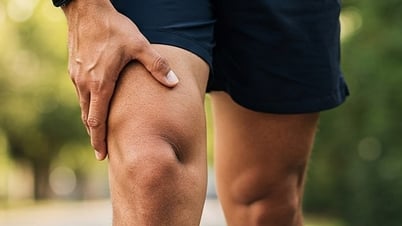
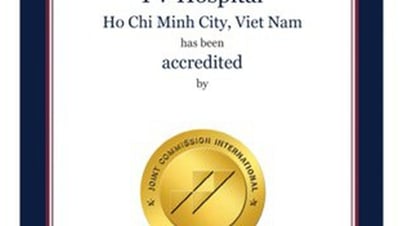












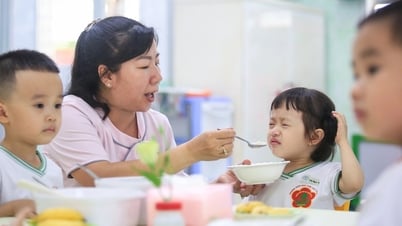

















































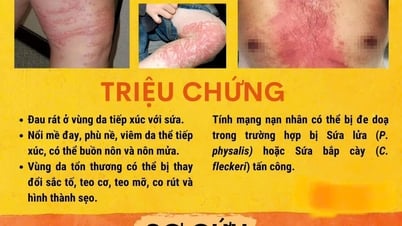





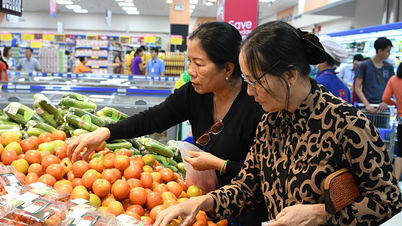












Comment (0)